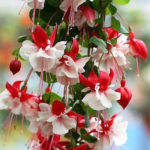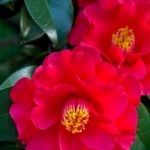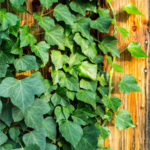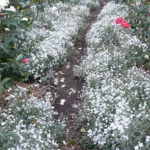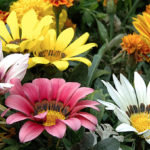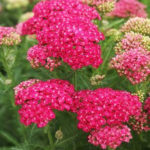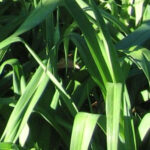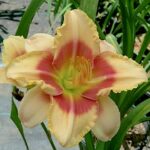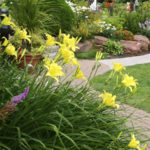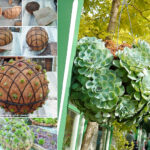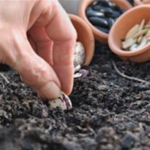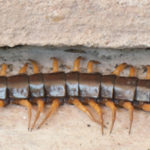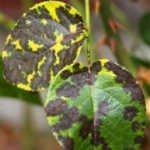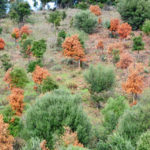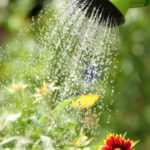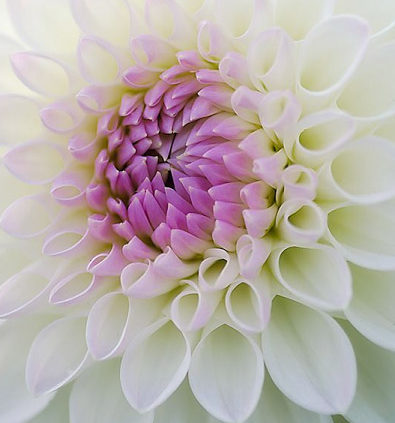
How To Grow Dahlias
How to Grow Dahlias
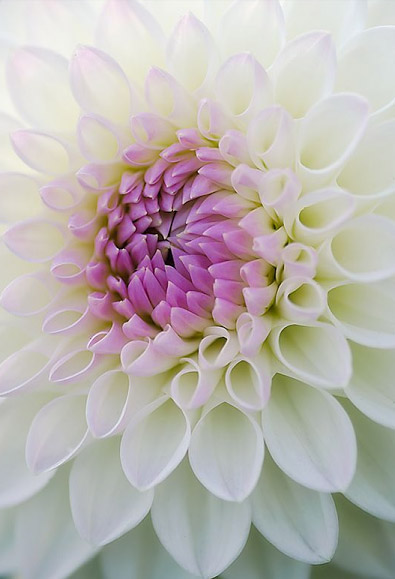 Dahlias are native to Mexico but also Central America as well as Colombia. The name “dahlia” was given to remember a Swedish botanist Andreas Dahl, a student of Linnaeus. This plant was introduced to Europe by the Spanish in the hopes of using their fleshy roots for food, as did the Aztecs. In Belgium, it was the first plant of ornamental character with large double flowers. These plants quickly spread throughout the continent, being the favourite of the court of Queen Victoria. By contrast, two centuries of cultivation, selection and hybridisation have made it one of the attractive species that offer greater diversity of sizes, shapes and colours of the flowers.
Dahlias are native to Mexico but also Central America as well as Colombia. The name “dahlia” was given to remember a Swedish botanist Andreas Dahl, a student of Linnaeus. This plant was introduced to Europe by the Spanish in the hopes of using their fleshy roots for food, as did the Aztecs. In Belgium, it was the first plant of ornamental character with large double flowers. These plants quickly spread throughout the continent, being the favourite of the court of Queen Victoria. By contrast, two centuries of cultivation, selection and hybridisation have made it one of the attractive species that offer greater diversity of sizes, shapes and colours of the flowers.
Overview and Description of a Dahlia Plant
Dahlias are a great asset to any garden, there are probably more than 35 species of dahlias and 20,000 different cultivars of this plant. Dahlias grow as a bush from a tuber. The tubers can be oblong shaped or as a cluster of tubers, these plants grow and can measure different heights from a few centimetres to over a metre tall depending on the cultivar. Dahlias have leaves that can be different shades of green with a serrated edge. The leaves are pinnate for example the leaflets are arranged on either sides of the stem opposite each other. The perennial flowers are always picture perfect with never a petal out of place.
It is advisable that the dahlias receive 6 hours sun but my dahlias are planted in filtered light in Australia because of our extreme summer heat and the flower display is beautiful. Dahlias flower in late summer and the flowers can be of various sizes, including a very large dinner plate size 15″ or 16”. The colour tones are also varied these can be pink, yellow, purple, red, orange, and combinations thereof. Some of the different species are cactus, decorative, laciniated, ball shaped, pompon, collarette, waterlily, peony, anemone, stella, single, orchid and novelty just to name a few, but I can tell you they are all beautiful which ever species or cultivar you choose as they will provide you with an abundant supply of cut flowers.
How to Plant Dahlias
Dahlias should be planted in Australia by the third week in November to be able to grow and stage them in a dahlia show by early March. The best way to plant dahlias is to dig a hole 12” deep add your stake in firmly then plant the dahlia tuber 6” deep with the eyes of the tuber facing upright aside from this dwarf dahlias can also be grown in large pots . The soil pH should be between 6.5 and 7.0 dahlias should be planted about a metre a part this will ensure good air circulation that the dahlia plants need to be free of fungal diseases like powdery mildew.
Mulch
Where the dahlia tubers are planted should be covered with three inches of organic mulch. This will minimise the temperature fluctuations and maintain an optimum moisture level, the mulch will also decompose back into the ground. The dahlias will emerge through the soil and mulch in no time by mulching this will keep the weeds down.
Fertilisers for Dahlias
The soil where you are planting the dahlias should be amended with rotted animal manure half and half as a soil conditioner with your existing soil, no nitrogen fertiliser must be applied as in this case we want the blooms. To much nitrogen is no good for the dahlia tubers while they are in active growth, an N-P-K of 5-10-10 will be good for growing dahlias with weekly applications of watered down weak seasol this will promote a good root system, sulphate of potash or sulphate of Iron will give you more vibrant looking flowers along with stronger plants and more blooms.
Topping or Pinching
As dahlias grow into a shrub they make great cut flowers for vases or floral arrangements some growers encourage branching by pinching the top out of the dahlia plant when the plant reaches 20cm or 8″ or so others let 8 sets of leaves form then the top 5 are removed, the cut is made just above the top remaining leaves I know this seems very harsh but what it does is force the side branches to come from a thick well matured section of the stem, this will give more robust shoots, there is only one main stem to each plant allowed so the strongest shoot is selected to stay although some gardeners do allow two or three main stems. By disbudding the dahlia flowers the two lower side buds are taken off leaving the larger centre top bud then remove the shoots from the axil of the pair of leaves under the lower buds. To make longer stems on your dahlia flowers it is best to pinch out the centre bud this encourages the two side buds to form long stems.
Staking Dahlias
Dahlias need extra support in order to remain upright. The best way to support the shrubby dahlia plants is to use string and to criss cross with each stake that has been put in the ground at least a metre a part, this leaves small compartments where the dahlias can grow up through, this way gives the plants extra support.
Cut Flowers
If you want to cut fresh flowers for vase do it early in the morning or late at night. Change the water every other day and spray the flowers regularly as a mist of water this helps the dahlias last several days. Some people believe that using hot water to scold the ends of the flower stalks will make the flowers last longer where as other people say to use 1 teaspoon of sugar or/and 3 drops of bleach can help the flowers to stay fresh for a longer time.
Pest Protection
Dahlias can experience quite a few pests some of these are Aphids, Thrips, Two Spotted Mite, Silverleaf Whitefly, Mealy Bugs again it depends where you live which pest you will get on your dahlias, I never see any bugs on my dahlias but if you do you can spray your dahlias with an insecticide or a fungicide, this will help to keep your dahlias permanently protected. You can use Epsom Salts for the snails and slugs either to prevent them or to get rid of them.
Winter Storage of Tubers
Dahlias are not cold hardy their tubers need lifting in other words dug up out of the ground and stored each year before the cold winter sets in otherwise they will rot in the ground. The tubers need to be stored in a dry place, lets say a polystyrene box with damp sawdust, wood shavings or potting soil around the tubers till planting time. This amount of moisture will keep the tubers plump while they are dormant and in storage until, when the tubers can be replanted again late November in Australia. At this time you will see small eyes of new growth emerge and if you want you can divide these tubers so that each tuber has at least three eyes before planting, this is another form of propagation.
Propagating Dahlias from cuttings
You can multiply your plants by taking cuttings this is easy to do and they strike well. First of all, you have to have a warm humid suitable environment. You can then take tip cuttings as soon as the new growth from the tubers are six inches. These cuttings are taken on the very ends of the growing tips about 8 or 10 cm or two nodes, remove the lower leaves so that there is only the leaves at the top of the cutting. You can then cut your cutting below a node then place the cutting in hormone rooting powder then into the potting soil, water well and make sure that the growing tip is above the soil. Make sure you place your cutting in a warm humid environment to give it the best chance to strike or take root. You can do this by placing the cuttings in a large plastic see through storage container with a lid. New dahlia cultivars propagate easily by seed they never resemble the parent plants this is how new cultivars are made, they form tubers within 12 months, but only very few are kept for registration and are for sale.
These are the most useful tips that you can use to help you grow the best dahlias in Australia whether you grow a pompon or a fimbriated type, or a water lily dahlia they are all beautiful.


